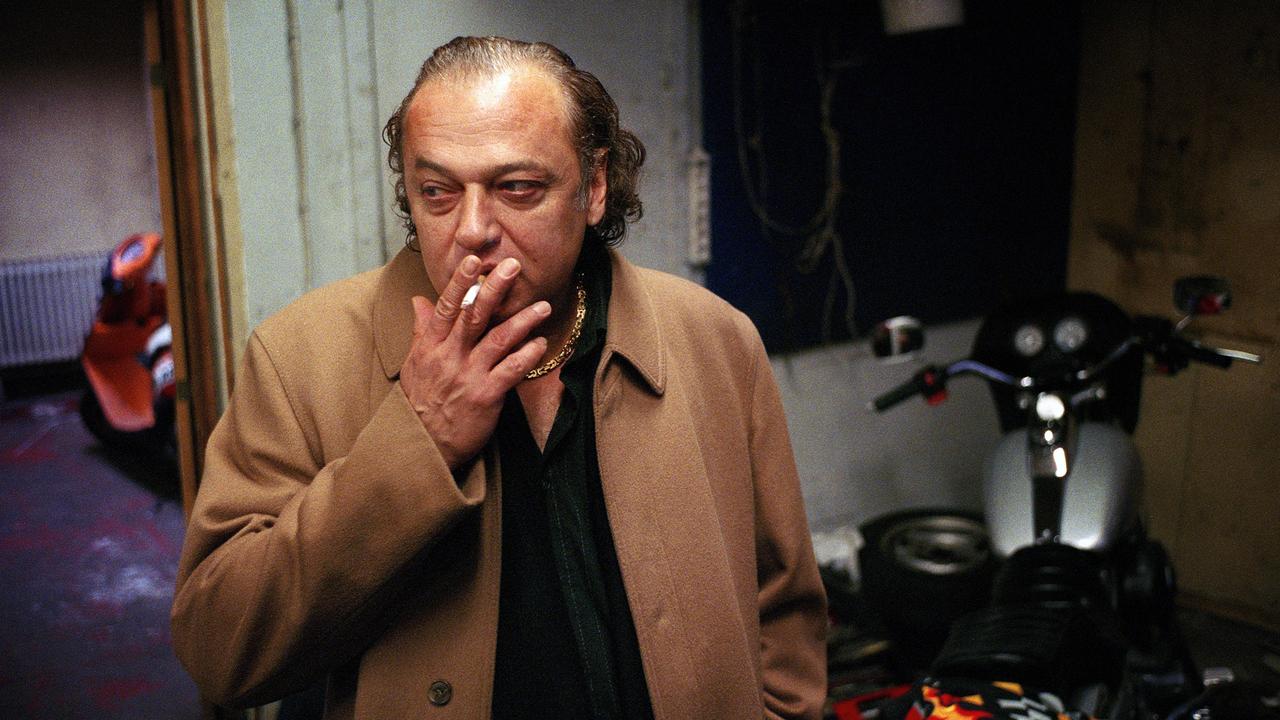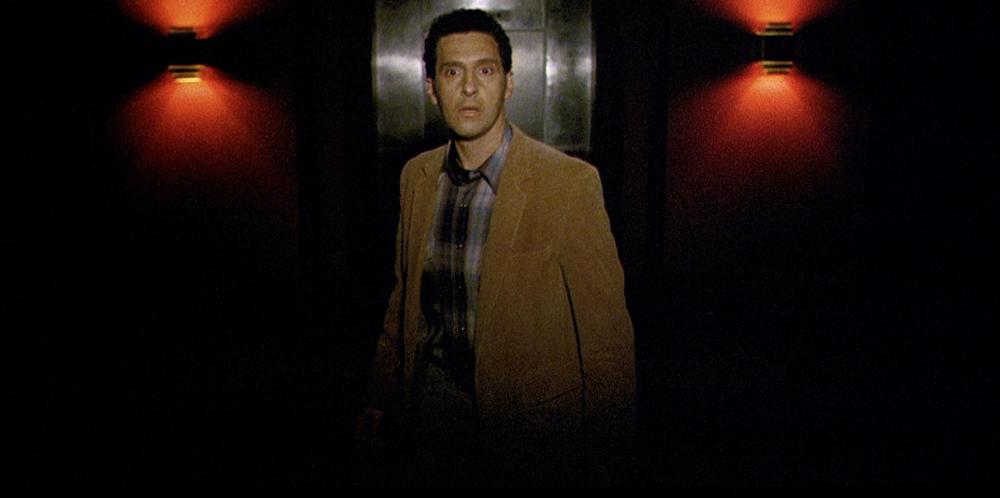
When one thinks of contemporary successful mainstream movie directors, Nicolas Winding Refn’s name might not immediately come to mind, with the likes of David Fincher and Christopher Nolan taking up most of the spotlight and generating most successes. However, Refn, who was born in Denmark but spent a few years of his youth living in New York, most certainly commands great influence in the modern film industry, with a very characteristic style, blending the tense, exciting, violent action one might expect from an American blockbuster with a colorful, sometimes surreal arthouse sensibility, not entirely unlike the work of some of his Danish peers.
Currently aged 46, Refn has exactly 10 feature films to his name, ranging from somewhat obscure works such as “Bleeder” and “Fear X”, to popular cult classics like “Drive” and “Bronson”. A very wide scope of styles and tones can be observed throughout his filmography, and this list tackles each of his movies individually in an attempt to determine what he did best as well as what didn’t work across his prolific career.
10. Bleeder

Refn’s sophomore directorial effort, released in 1999, tells us a story (or rather two intertwining stories) pertaining to the dark, largely unseen underbelly of the director’s native Denmark, following the trend originally exhibited in his thematically similar debut “Pusher”. In fact, despite not being formally part of the Pusher trilogy, it might be perceived as a spiritual sequel of sorts, with its analogous, gritty tone and the fact that it features the same setting and even the same lead actors (then-rising Danish stars Kim Bodnia and Mads Mikkelsen).
It is precisely this excessive proximity to “Pusher” that makes “Bleeder” possibly Refn’s most unremarkable movie, exploring the seedy side of Copenhagen in a considerably less gripping manner than its predecessor, in a way that feels derivative at its best and sloppy at its worst, with a juvenile and implausible plot that fails to emerge and captivate.
The movie is not without its qualities, however, and its sweet, tender ending is worthy of mention, showing us an incipient hint of the dreamlike imagery Refn would later become more markedly associated with. Mikkelsen’s performance as Lenny (who seems to be an autobiographical character of sorts) is another strong point of the film. But on a whole, “Bleeder” falls short of the hype generated by Refn’s first film, and as such, has been broadly (and perhaps deservedly) forgotten.
9. Pusher III

“Pusher III” is the third and, as of yet, final installment in Refn’s crime-centered saga. It also marks the last Danish-language endeavor in Refn’s body of work thus far. The character of Milo, played by Zlatko Buric, who served as an antagonist of sorts in the first two movies, is now the protagonist, in keeping with the series’ premise of focusing on different characters within the Pusher universe with each new entry. Despite being the agent of conflict in the preceding films, Milo is now the one facing Kafkaesque adversity in his criminal undertakings.
As the third part of an engrossing and rich tale of violence and tension, “Pusher III” garnered considerable expectation. Unfortunately, however, the movie does not live up to the standard set by its predecessors. Despite sporadic moments of intrigue and some welcome nods to the previous installments (such as the return of Milo’s charismatic henchman Radovan), “Pusher III” fails to maintain the frantic pace of the first two films and strands viewers with a largely unsympathetic protagonist in a mostly disappointing, tiresome experience.
8. The Neon Demon

Refn’s latest release, 2016’s “The Neon Demon”, was surrounded by hype from the very moment its production was announced. The idea that Refn, who has directed ads for the likes of Gucci, would explore the concept of high fashion in a feature-length movie appealed instantaneously to many of his fans, who saw great potential in the way Refn might apply his keen eye for mise-en-scène to such a universe.
Although “The Neon Demon” does, indeed, come through in the mise-en-scène department, with beautiful compositions and astonishing photography which make for all-around breathtaking visuals, the movie is extremely lacking and distasteful in its narrative aspect, with a notable dearth of dramaturgical sensibility (a recurring problem in Refn’s oeuvre); a cloudy, apparently confused and chaotic theme; and above all, a problematic portrayal of women, displaying a warped, highly negative perception of the female universe, with gratuitous fetishization to boot.
In the end, all the pretty lights and engaging synth-based ambient pieces in the world are incapable of preventing the bad taste left in one’s mouth after watching this tactless, generally ill-conceived movie.
7. Valhalla Rising

Refn’s Viking-themed period piece follows the elusive, silent warrior One Eye as he journeys into uncharted territory with a group of Scotsmen hell-bent on finding the cherished Holy Land. As one of his first movies to count with a larger budget, “Valhalla Rising” is predictably well-produced, with beautifully shot images of Scotland’s vast Highlands, compounded by an effective, meticulously designed atmosphere, which signaled Refn’s preference for actions speaking louder than words, showcasing a significantly less verbose style than that of his previous efforts.
In spite of the film’s technical and design-related merits, its downfall is its staggeringly slow rhythm, which makes 93 minutes seem like an eternity as One Eye and company painfully traipse through foreign lands. Its intermittent bursts of sudden, graphic violence are not enough to redeem this movie from its predominantly exhausting pace, making for a tedious, if good-looking, and occasionally entrancing overall viewing experience.
6. Fear X

This neo-noir psychological thriller marks Refn’s transition from the more naturalistic tone of “Pusher” and “Bleeder” to the stylized and ethereal mood he is best known for. It is also his first English-language film, representing the start of a breakthrough for the director as his reputation began to spread out of Denmark. In the movie, John Turturro portrays a shopping mall security guard who is obsessed with finding out the identity and motives of his wife’s murderer.
A compelling and unpredictable plot, combined with an excellent leading performance by Turturro, helps construct a solid, suspenseful movie, leaving spectators constantly second-guessing themselves as they attempt to piece together the elements that make up the zig-zagging storyline throughout “Fear X”. Additionally, the movie’s cinematographic accomplishments cannot be ignored, with enticing, surrealistic nightmarish sequences and some shots that seem, retroactively, like an aesthetic prelude to “Drive”.